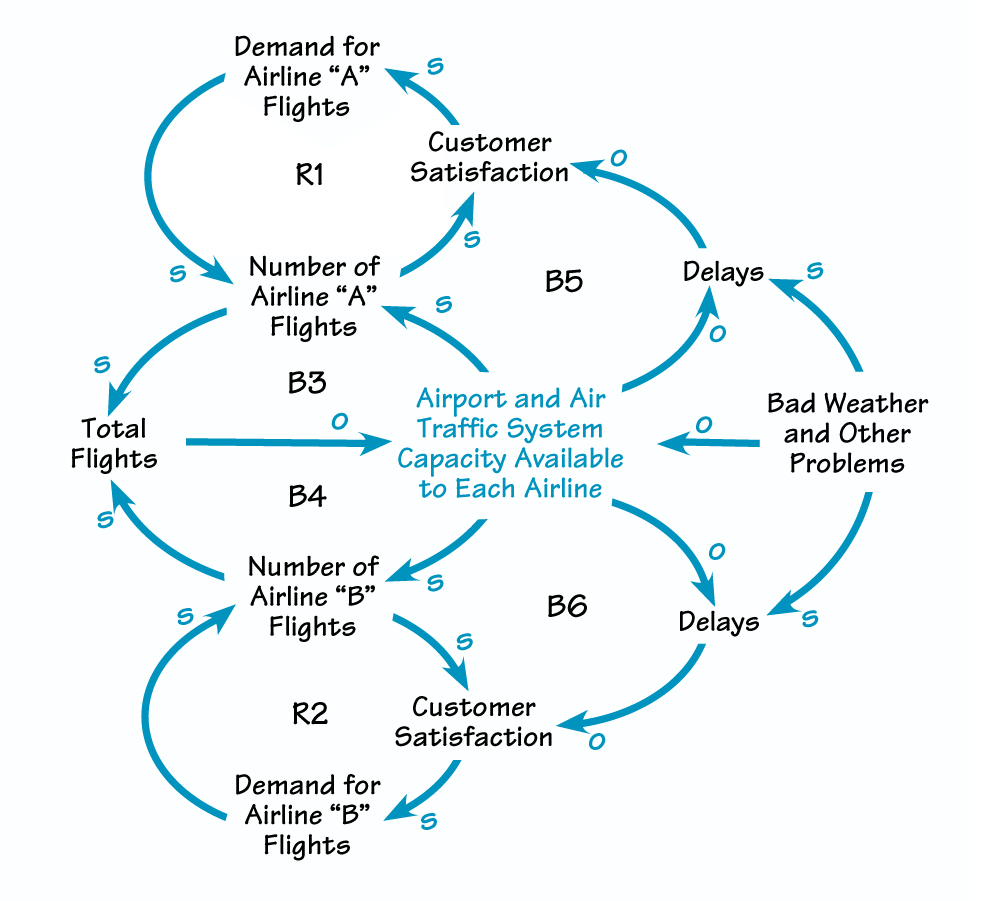Did you travel by air in the United States this past summer? If so, were you one of the hundreds of thousands of vacationers and business travelers to be delayed or stranded by “weather”? Although an unusually high number of thunderstorms undoubtedly contributed to widespread delays and cancellations, a convergence of other factors almost guarantees continued ill winds for passengers in the near future.
Up, Up, and Away
Air travel has boomed along with the economy. The number of U. S. passengers rose to 635 million last year, compared with 278 million in 1978. By 2010, experts expect the number of passengers to grow to more than a billion annually.
But U.S. airport capacity hasn’t expanded to meet the surge in demand. To compound the problem, many airlines use a hub-and-spoke system to reduce costs and increase efficiency. Because of this strategy, just 17 airports handle half of the nation’s air traffic. In many cases, local residents oppose modernization plans. The same individuals who rely on the convenience of air travel often adopt a NIMBY (not-in-my-backyard) attitude regarding the expansion of existing facilities or the development of regional airports to absorb some of the volume.
Air traffic control systems are similarly outdated. According to CNNfn.com, “[T]he system has kept to an antiquated design. Frequently described as ‘highways in the sky,’ it has a finite number of routes. . . . The Federal Aviation Administration has updated computers and screens. But this new equipment does not fundamentally change the way traffic is directed—or the fact that more planes are flying than ever before. As a result, the system no longer has the capacity to absorb even the most minor scheduling glitches; brief weather delays can cause major backups and cancellations.
Calm Before the Storm?
These problems reflect a classic “Tragedy of the Commons” scenario, paired with severe constraints on growth. Each individual player—in this case, each airline—relies on a common set of resources, without concern for the collective impact of everyone’s actions (R1 and R2 in “Stormy Weather”). At a certain point, the resource becomes overloaded, and all parties involved experience diminished benefits (B3, B4, B5, and B6).
So it is with the U.S. airline industry. Each carrier’s effort to service more passengers undermines the ability of airports and air traffic controllers to keep up with demand, especially when weather problems strike. The result is delayed and cancelled flights, which then cascade into further delays; frustrated customers; and fingerpointing between the airlines and the government over who holds the blame.
The truth is there’s probably little the airlines can do themselves to tackle the problem; effective solutions for a “Tragedy of the Commons” dynamic never lie at the individual level. And industry leaders have shown no desire to return to the days of regulation, which might offer a way to ensure equal access to limited resources. Instead, the airlines and government must find other approaches to balancing individual and collective needs, and shortand long-term challenges and goals. They must band together to upgrade the infrastructure, develop new technologies, design incentives to entice passengers to travel off-peak and at less central airports, and effectively plan for the future. Otherwise, this summer’s problems may ultimately seem like the calm before the storm.
STORMY WEATHER

Each airline relies on a common set of resources, without concern for the collective impact of everyone’s actions (R1 and R2). At a certain point, the resource becomes overloaded, and all parties involved experience diminished benefits (B3, B4, B5, and B6).
Malcolm Burson is professional and organizational development specialist for the Maine Department of Environmental Protection. Janice Molloy is managing editor of THE SYSTEMS THINKER.
